Going backwards: Kent Nagano to conduct ‘historically-informed’ Ring of the Nibelungen
mainWith original dwarfs, mermaids and thunder machines?
Press release:
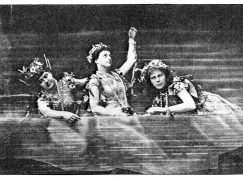
Wagner’s “The Ring of the Nibelung” in historically-informed performance practice – Concerto Köln and Kent Nagano launch an extraordinary project
In their most recent collaboration, Concerto Köln and the internationally-renowned conductor, Kent Nagano, pursue a leading-edge project: in cooperation with scientists at the university and Musichochschule in Cologne, they are taking on Richard Wagner’s tetralogy, “The Ring of the Nibelung”. Their undertaking will provide the international opera scene with new impetus in historically-informed approaches to musical-theatrical works of the 19th century.
Jochen Schäfsmeier (Managing Director, Concerto Köln): “Concerto Köln is as honoured as it is inspirited to approach Wagner’s ‚Ring’ together with Kent Nagano and to be able to make an important contribution to the historical performance practice of 19th century music.”
For the first time, the entire “Ring” is to be viewed from an early music movement perspective: the instrumental and vocal styles as well as the staging at the time of Wagner will be examined over a period of several years and compiled to form a historically-informed performance concept.
Kent Nagano (Artistic Director): “It is due to historical performance practice that nowadays there is a much different understanding of many composers and their works than was standard 30 or 40 years ago. Moreover, thanks to historicized approaches, we have gained knowledge about instruments and playing techniques which opens up to us new, pioneering pathways into the interpretation and performance of our music.
Richard Wagner’s ‚The Ring of the Nibelung’ is probably one of the most researched compositions yet nonetheless, a systematic approach to the tetralogy from a historically-informed perspective has not been attempted thus far. It is therefore all the more important that such an undertaking is tackled and that, in romantic repertoire now as well, normality in terms of sound which seemed irrefutable so far is called into question.
I have collaborated together with Concerto Köln for several projects in the past and am convinced that I have found two most competent partners in the Cologne ensemble and the Kunststiftung NRW who are able to provide the scientific basis for a historically-informed reading of Richard Wagner’s ‚Ring’. Together we will pursue this endeavor and bring the music to the stage!”
The simultaneously scientific as well as artistic undertaking on such a mammoth scale requires tremendous effort with the additional aim of becoming a guide to performance practice of 19th century music and opera. The outcome, interpreted by Concerto Köln and Kent Nagano, will be performed from the 2020/21 onward. All research findings will be published in Open Access.
Prof. Dr. Hans-Joachim Wagner (Kunststiftung NRW): “For the Kunststiftung NRW, the support of the project, ‚WAGNER-READINGS’, is of significance in a number of ways. For several years, supporting artistic research has played a major role within the Kunststiftung’s funding programs – albeit with a primary focus on theater, dance and literature; examples of this being the Christoph-Schlingensief guest professorship for scenic research at the Ruhr University in Bochum, the Pina Bausch fellowship and the Thomas Kling lectureship at the University of Bonn. With ‚WAGNER-READINGS’, the base of support is expanded to the area of music, bringing art and research together in a so to speak ideal-typical way by conducting research into the complex correlations involved in the musical-theatrical production of Wagner and translating the results into artistic practice.”
Initial work already began in May of 2017. The official go-ahead for the project is a symposium in September, 2017. Financial support is provided by the Kunststiftung NRW and the Freunde von Concerto Köln e.V. Additional support is provided by the Strecker-Stiftung and MBL Akustikgeräte GmbH & Co. KG.
Further information can be found at www.wagner-lesarten.de

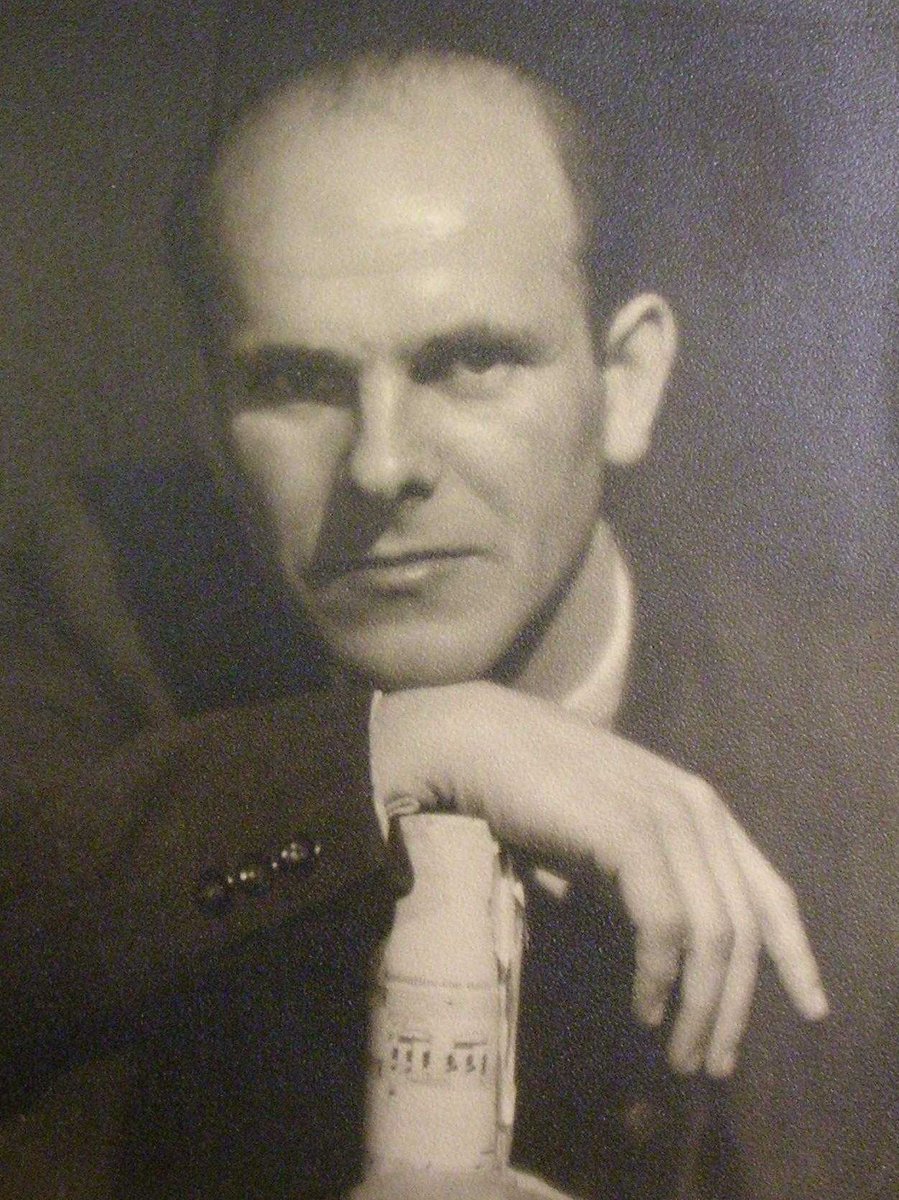
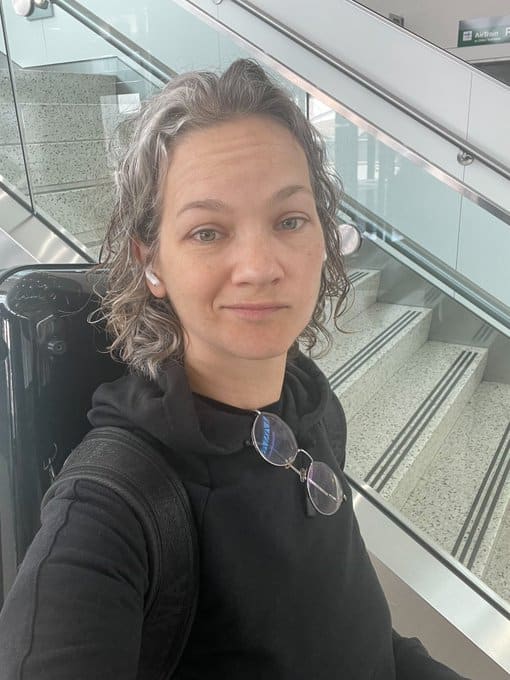
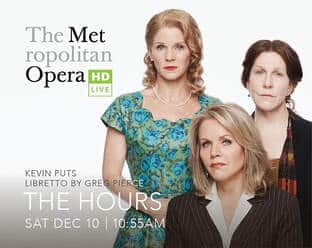
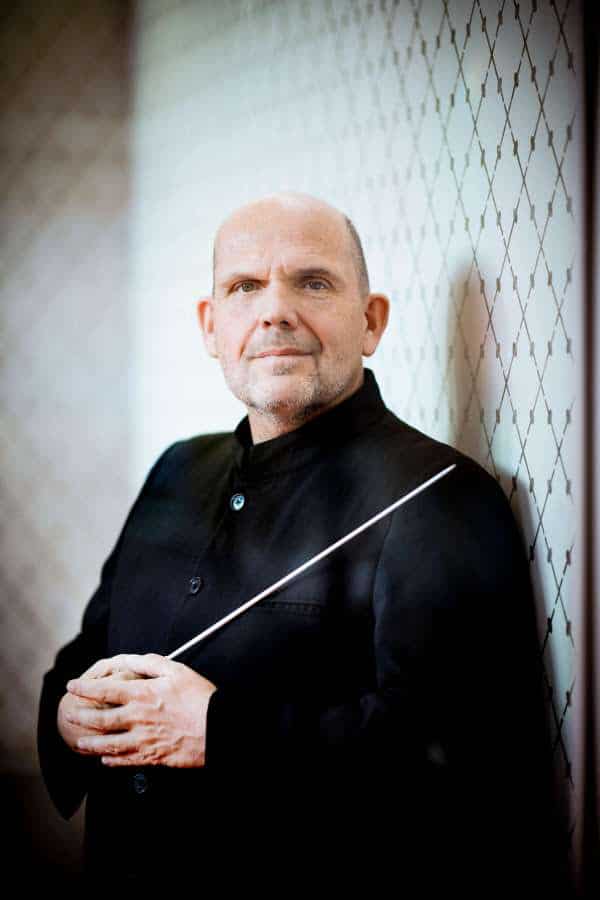
Cecilia Bartoli as Fricka? Emma Kirkby comes out of church basement retirement as Brünnhilde? Ian Bostridge’s Siegfried? Mark Padmore’s Siegmund? Simone Kermes as Sieglinde?
Bathroom visit, excuse me.
LOL
Contratenors and castrati?
H.I.P. Parsifal
https://www.youtube.com/watch?v=DWTfT5poJWg
“MATTHIAS GOERNE Amfortas
VICTOR VON HALEM Titurel
KWANGCHUL YOUN / FRANK VAN HOVE Gurnemanz
SIMON O’NEILL Parsifal
JOHANNES MARTIN KRÄNZLE Klingsor
ANGELA DENOKE Kundry
BALTHASAR NEUMANN CHOR & SOLOISTS
KNABENCHOR DER CHORAKADEMIE AM KONZERTHAUS DORTMUND /
CHILDREN’S CHORUS FROM THE TEATRO REAL MADRID
BALTHASAR NEUMANN ENSEMBLE
THOMAS HENGELBROCK”
Historically-informed Wagner does *not* mean performing Wagner according to *Baroque* practices (there’s nothing historically-informed about performing mid-19th-century music according to 18th-century practices). I don’t think anybody seriously thinks otherwise — least of all Kent Nagano.
So we will get something intending to replicate what Wagner heard, and, based on all accounts, dissatisfied him!
Agreed….. that is the very problem of all Wagner operas.
This is bound to ruffle many feathers.
I have met many devoted Wagner fans in my opera going life, and every single one of them thought of himself as the world’s leading authority on “what the Master really wanted”.
It depends upon evidence. We know from the sources that RW was almost never happy with the productions of his works, and in Bayreuth he was particularly disappointed with the staging at the opening festival in 1876. This is the reason that the staging of Parsifal is much simpler and more practical, baptized in 1882.
Are we seriously still using that old shtick? “Bach wasn’t satisfied with his harpsichord”, I call this fallacy.
Nonsense. And Bach was interested in the early pianos and advised the piano-builder Silbermann how to improve the sound. If he had lived longer, he would have endorsed the development of the new instruments. It is not without significance that Bach sounds great on a modern piano if treated with stylistic sensitivity for the period in which the music was written.
This argument is itself historical. I have been refuting it for over half a century.
Tastes, instruments and style change over time. It is false to equate change as progress. New music is written for current instrumental models, performance circumstances and opportunities.
JSB may have liked newer styles, or he may have hankered after the old ways because e.g. of his investment in acquiring his skill in fugue, but as a master craftsman he would stand ready and capable to produce work in any genre as required.
That is not a good reason to perform a baroque violin sonata on Clarinet, accordion and bass guitar. Bach wrote his surviving works for the instruments, interpretation conventions, and performance acoustics (amongst other things) of his own day. He would have written different music in a different age.
Think of the music as the software. The instruments as the hardware. Would you expect a very old computer to run a new program designed for Windows 10 when it was built for an earlier version or a different operating system entirely? The converse is also true. Do you think progressive rock would sound better on five crumhorns or a clavichord?
Playing music on instruments very different from those for which it was conceived can be enlightening if it works, for it can draw attention to features in the composition that make it effective. I remember playing in a clarinet choir with a Soprano Saxophone on top, a piece originally for string orchestra which had been arranged for five recorders (in which form it was unsatisfactory). It survived the double transfer better than any piano arrangement of music intended for the harpsichord.
One reason why I think JSB’s music is exceptional and probably unique, is that idiosyncratic arrangement by neither Glenn Gould or Leopold Stowkowski is enough to destroy the music entirely.
WHYYYYYYYYY?!?!?!?!?!?!?!?!?!
Why not?
To quote a prominent person who said this to me in confidence, “Historically-informed performances are a wonderful way for historically-informed performers to play on stages that they would not otherwise be playing on.”
I would have said: “Historically-informed performances are a necessary way for church mice to play on stages that they would otherwise have no business playing on.”
That is a statement of breathtaking banality, based on hearsay, assumption, ignorance and prejudice.You barely have the confidence to express the opinion as your own, quoting rather some anonymous prominent person whose view, if expressed in recent years and publicly, would undermine any credibility their prominence might have afforded them.
And so is yours. A completely pointless waste of money and so-called HIP ‘expertise’. I’m with Ungeheuer on this ridiculous banality. Unwanted and unnecessary. Queuing for the bathroom…..
I was responding to Herr Doktor’s sweeping generalisations about historically informed performers, so your inference that I am necessarily enthusiastic about this particular project is incorrect.
Well said.
I guess that with the tittering crowd of SD “Experts”, historically informed performances are OK for most composers, but not Wagner. I’m not sure how much we know about Wagner’s singers, but orchestral instruments of the era are possible.
And yes, much of Wagner’s vision for the stage fell far short of his expectations. I really doubt if Nagano and company will send half of their dragon to Beirut, Lebanon from London instead of Bayreuth, just out of fealty to the long list of Wagner’s problems in 1876. Actually, I am sure that with todays resources, those sets and designs can be faithfully created to match the composer’s vision for what he actually wanted. That, after all, is the aim of historically informed performance; to hear the works as they were actually INTENDED to be heard with a level of care and resources the composer himself may not have had at hand.
Perhaps the “Experts” might prefer Handel’s Messiah with 500 voice choirs and 150 piece orchestras, but some of us are interested in hearing how Handel conceived it for the performers and instruments of his era. Ditto Bach, Beethoven, Mozart, Schubert, and yes, Richard Wagner.
Fascinating project. I look forward to hearing and seeing the results.
(By the way, I actually enjoy Crystal Palace Messiahs right along with the rest. As the years pass, they too will become part of that ‘historically informed’ movement.
I was fortunate to experience the end of the big Messiah tradition, bawling and shouting in a choir of 200+ and ending with my knees as well as my voice shaking in an annual New Years day concert. I reckoned that it was the hardest physical work I did all year.
Some of the singers were born in the 19thC, when middle class women were not expected to have a career and were formally taught to singing, and/or violin, and and/or piano. They could sight read anything written up to that time.
At the same time I yearned for at least the most easily accessible steps in the HIP direction. We aren’t quite there yet.
Fascinating project, I am very much looking forward to it.
Taking the dust off perceived wisdoms and traditions regarding Wagner it’s not completely new :
https://www.youtube.com/watch?v=2BFZwmMcDk8
Some here seem to expect that HIP Wagner will sound like Bach and Handel. Come on guys – even Bach and Handel don’t sound the same.
Can we wait and hear a note before condemning the project? And why is Wagner off limits?
What I know of Nagano is that he has the reputation of being an incredibly intellectual conductor, so I think we can trust him to ensure the research is solid and first-rate. And if it isn’t, it’ll be open access, so anyone can go read it and criticise it.
Also, Nagano is not known for stunts (perhaps à la René Jacobs) – we can be confident that whatever he plays/records will be musically sound. My experience with his Baroque/Classical concerts with the OSM is that he is quite middle-of-the-road. Rather HIP for symphony orchestras (reduced numbers, original percussions/timpani, some period practices), but that he is not radical to the extent of a, say, Norrington (also with Montreal).
I like the idea of period-correct instruments giving the singers the possibility to SING across the orchestra rather than having to belt against the onslaught of steel strings, metal flutes and wide bore brass. I for one am interested. As for the staging, I’m much less interested in the winged helmet stuff.
I am with you regarding the music. But I’d take winged helmets any day over, say , a Las Vegas Ring.
The world certainly doesn’t need his interpretation, and as Ungeheuer writes, the cast will probably include many voices that would normally need a microphone. Since Nagano is one of the most uninteresting conductors on the planet today, who has no idea how to shape a phrase, since he places more value on instrumental color than on phrasing, relying on the uniqueness of period instruments allows him to make his mark on repertoire that would otherwise not be his domain. Apologies for the run-on sentence and pity the musicians that have to rehearse with him!
I hope that they will follow the research, whether or not I comports with modern-day ‘historically informed’ practice. Specifically, Wagner’s arrangement of the violins when he conducted was reversed compared to what we would expect–the firsts were on the conductor’s right, the seconds on the left! He used this arrangement long before it became ossified into standard Bayreuth procedure, so it cannot have been merely to match the acoustic demands of the covered Bayreuth pit.
Aside from this, there will be the normal controversies surrounding the use of gut strings, vibrato, unmarked portamenti and octave transpositions (e.g. Magic Fire Music), not to mention such questions as basic tempi (Wagner would not have approved of Goodall’s) and their unmarked modifications.
And it would probably be a revelation to see a Ring production where all of Wagner’s intentions in staging were satisfied. These go beyond the complex scenic requirements in the librettos to include the gestures and movements of the singers both as noted in the scores and as recorded by participants in the first Ring at Bayreuth.
Yawn….
I am curious how modern orchestras differ from the orchestra Wagner wrote the Ring for, so what exactly is HIP in this instance? Also, I’m Concerto Koln is a fine ensemble, but I’d be more interested in seeing a Montreal Ring with the great OSM in the pit.
In the twenties and thirties of the last century, the brass instruments changed and became louder. Also timpani became louder, made of other material. Strings became louder with all the strings metal-wired, and began to take-on continuous vibrato everywhere to make the sound fuller. Conductors made bigger gestures to be able to handle all this increase of volume. Audiences’ hairdo’s became stiffened with permanent (ladies) and brill-creamed (gents) to endure the sound tsunami coming thom the podium of ever bigger concert halls.
But the balance in life orchestral concerts got disrupted: tutti’s became a brass job with strings sawing fanatically away on their instruments inaudibly, the woods getting purple in the face but also inaudibly, and only with sensitive conductors, those balances could be restored by holding back the brass and percussion. But when brass is playing forte, it feels uncomprtable when the players have to hold their breath, they may feel inhibited which is against the character of the instrument. The older brass instruments did not require holding back because they were much softer. The old strings with sheep- or cat-gut had more overtones and sounded more clear and transparant than the later steel-wired strings, especially when played with a minimum of vibrato. The entire sound spectrum of the old symphony orchestras was leaner, clearer, with the result that inner voices (of which Wagner’s music is full) can be heard well; the thick later orchestral sounds often drowns-out these subtleties. Already Strauss realized that the hughe modern orchestra got a bit out of balance, especially in his own works, so he advised to young conductors to never encourage the brass.
The original Wagner sound is probably less heavy and ‘teutonic’ than conductors like Karajan and Thielemann want us to believe. There has developed a Wagner performance style which stresses the loudness and heaviness of the music, while often W asked for something much lighter and quicker (for instance, the Meistersinger prelude is often played much too slow and too heavy, while W later-on regretted to have written ‘Sehr mässig bewegt’ in the score, it should be Allegro maestoso).
The original instruments of the old pre-1914 Queen’s Hall Orchestra in London have been preserved and were taken from the closet to occasionally be put to work in the newly-formed ‘New Queen’s Hall Orchestra’ who made an interesting CD with Wagner excerpts. It sounds GREAT. Unfortunately, over the last years not much has been heard of this orchestra, performing on original instruments from before the 20C loudness revolution.
who is interested in historically-informed Wagner-playing should go listening Parsifal in Bayreuth this summer.
@NL Isn’t the correct title in English: The Ring of the Nibelung (Nibelungen is the genitive singular of Nibelung) or The Nibelung’s Ring?
No need to wait for Bayreuth. Hengelbrock has already recorded a HIP Parsifal four years ago.
Historical performance–an idea that is now 125 years old.
How interesting that Nagano chooses Köln, where the City General Music Director, François-Xavier Roth, is a truly historically-informed practitioner – remember his amazing Rite of Spring at the Proms a few years back?
In this case we can surely expect a “Sprite of Ring.”
Rattle did a period Rheingold with OAE at the Proms a few years back and Francois-Xavier Roth, a period expert, a Flying Dutchman with his period ensemble Les Siecles recently shown on French TV.
They also perform and record great period Berlioz Stravinsky, Ravel and Debussy and I believe take us to Mahler next year. Fascinating to see Roth, also Principal Guest Conductor at LSO and GMD in Cologne (did he know Nagano was coming?!) work his period performances alongside modern instrument orchestras.
Surely it ought to be part of the conditions of funding this project that it is performed in the Bayreuth Festspielhaus. As we have the theatre, the orchestra pit, and thus the acoustic for which this masterpiece was conceived, what point can there be in attempting it elsewhere, when before you start you know it won’t sound like what the composer heard?
What idiocy. Will they have decrepit 19th century harps as well as other instruments, people who can barely play? This whole movement is the absolute worst thing that ever happened to classical music, and it is tragic to see such a fine conductor fall under its spell.
John Borstlap is using half truths about period instruments to set up a lot of straw man ; and he has also created a grotesque caricature of modern instruments vs past ones .
How do we know that Wagner would not have loved the way our foremost orchestras such as the Vienna Philharmonic, the Met orchestra, the Berlin Philharmonic, the Staatskapelle, Dresden and others play his music ?
Do we really need the nasal, pinched wheezing sound of gut strings ( yes, I’m not politically correct when it comes to period instruments, ) in Wagner , when we have the rich, lustrous sound of steel strings today ?
This project is certainly interesting, but whether it will recreate the exact sound of the orchestras of Wagner’s day is questionable at best . I’ve heard part of the HIP Rattle Rheingold on youtube. The orchestra sounds pretty good, but in no way better than today’s orchestras . And it really doesn’t sound nearly as different from modern orchestras as HIOP performances of Bach, Handel, Mozart and Haydn . The further you go in HIP, the less difference there is between modern and period instruments . This is the law of diminishing returns .
I’d certainly be curious to hear Nagano conduct this Ring, but I’m not throwing out the Ring recordings by Solti, Karajan, and other great Wagner conductors .
Knappertsbusch was a pupil of the legendary Hans Richter, who conducted the first complete Ring at Bayreuth back in 1876 . Yet there is no evidence that he expressed a hearing for old instruments in Wagner, Bruckner , or other 19th century composers he is so famous for conducting .